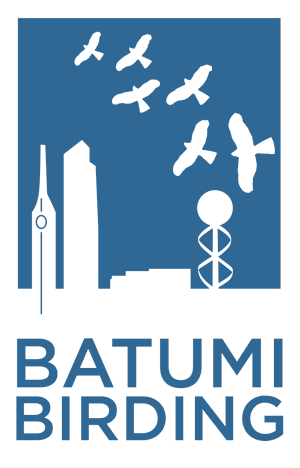The Caucasus
Javakheti Highlands
The Javakheti plateau with its high altitude lakes and volcanic cones offers some of the most scenic landscapes in the country. The mostly Armenian population makes a living through small-scale farming near the lakes, and cattle herding on the higher slopes. This is the only part of Georgia where white storks breed, and each of the traditional villages has at least a dozen of them. On spring evenings, you can hear the corncrakes calling everywhere in the flowery meadows.
Each of the lakes has its specialities, but some are easier to visit than others. Budgasheni, Khanchali and Madatapa lie along the main roads, and are very interesting, especially during migration. White and Dalmatian Pelicans are usually present, but they breed only on the Turkish side of Kartsakhi lake. Keep your eyes open for Cranes: the local subspecies ‘archibaldi’ lacks the red on its head which is so typical for the species. During migration, mudflats along the lake shore can hold all sorts of waders, including Sociable Lapwing. You may also consider going all the way to the remote Tabatskuri lake with its scenic peninsular village. This lake hosts about 100 pairs of Velvet Scoter, its only breeding site in Georgia.
Caucasian Horned Lark. Photo by Johannes Jansen.
On the slopes of the volcanic cones you can find Horned Larks and the brevirostris race of Twite. Rocky slopes with Dwarf Juniper and other shrubs are home to Red-fronted Serin and possibly also small populations of Crimson-winged Finch, White-breasted Robin and Raddes’ Accentor, but none of these has been seen recently. The high grazing pressure in Georgia compared to the Armenian highlands may explain the lack or scarcity of these species. However, large parts of Javakheti have never been searched thoroughly, and further explorations may pay off.
